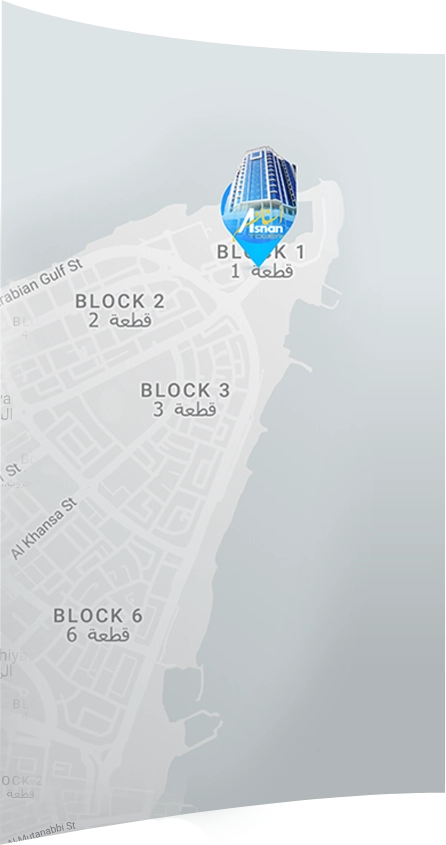Crowded Teeth

There are many reasons that lead to congestion, sprain, or overlapping teeth. Some people's teeth are large relative to the size of their mouths, causing teeth to crowd because there is not enough space to accommodate the teeth. In other cases, the size of some people's upper jaw is different from that of the lower jaw, resulting in the appearance of one of the jaws in a distorted form.
-
1What are the causes of tooth congestion?
Most cases of tooth crowding and the appearance of one or both jaws are genetic, such as when you inherit the color of your eyes from a family member or when you inherit the size of your hand.
- Loss of some teeth at an early stage in the child's or adult's life may be one of the causes of tooth congestion and bite asymmetry.
- An error in performing a dental restoration, for example: (filling or crown)
- The jaw is not wide to accommodate all the teeth that stand out.
- Periodontal infections.
- Excessive or excessive pressure on the teeth and gums.
- Severe facial injuries may be a factor in the asymmetry of the bite.
- Oral and jaw tumors.
- Practice some habits that harm the health of the mouth and teeth and which children suffer as a thumb sucker, push the tongue, the child continues to use a lollipop or bottle of milk even after the age of three.
-
2What are the health problems caused by tooth congestion and bite asymmetry?
Your dentist can detect tooth congestion and maxillary asymmetry by performing some medical examinations of your mouth, jaw, and facial appearance.
Other indicators your doctor is looking for include:
- Inconsistency of the characteristics of the teeth.
- Abnormal facial appearance (especially at the mouth area).
- Difficulty chewing or biting food.
- Difficulty to speak, including gum.
- Your dentist usually refers you to an orthodontist (who specializes in diagnosing and treating tooth congestion and maxillary asymmetry).
What tests will be performed by the orthodontist?
- X-rays: Helps provide information about the location of the teeth and their roots under the gums, as well as the appearance of any teeth above the gums. Comprehensive X-rays show the relationship between the teeth and jaws and between the jaws and the head.
- Face photographs: The orthodontist needs these photographs for further examinations related to the relationship of the teeth, jaw and head.
- Dental impression: That's when your dentist asks you to bite down on a substance that is later used to make a replica of your teeth.
-
3What is the treatment of tooth congestion and maxillary asymmetry?
- Once your condition has been diagnosed, your orthodontist will be able to determine the best treatment for you.
- For some people, using a mobile orthodontic tool (removable and installed) to install the new dental position is the perfect solution for their problem
- Other treatment methods include removing one or two teeth from crowded teeth to relieve this congestion.
- For most people, it is necessary to use hard orthodontics to solve the problem.
- In rare cases, an orthodontist may need surgery, especially for bite overlays or protrusion.




















comment